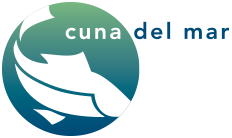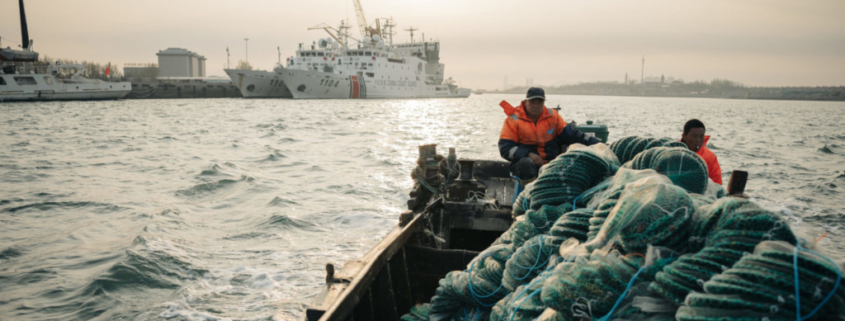Can the sector grow to provide seafood and jobs in harmony with the ocean?
THE NATURE CONSERVANCY
Terry Sawyer comes from a long line of farmers and ranchers, and he’s learned a lot from his family—about maintaining the health of his broodstock and selecting the strongest performers for breeding; about managing the employees who help run his operation; and about the importance of stewardship and maintaining the health of the environment his farm depends on.
Sawyer’s work is unlike that of his parents and grandparents, though, in that he doesn’t worry about feed and water for his stock, and the sort of stewardship he’s concerned with has more to do with watersheds than landscapes. That’s because Sawyer, along with his partner John Finger, raises oysters, which require no food, land or freshwater.
Finger and Sawyer, co-owners of Hog Island Oyster Company, are part of the global aquaculture industry, which encompasses the farming of fin fish, shellfish and seaweed, in both marine and freshwater environments. When practiced well, aquaculture is one of most low-impact, resource-efficient ways of producing food. In fact, some forms of aquaculture, such as oyster cultivation, can actually help to restore coastal ecosystems.
This offers a reason for hope. We’ll likely see another 3 billion people on the planet by 2050, leading to a massive increase in demand for food, land and water. We have to find ways to feed the planet without increasing pressure on both terrestrial and marine habitats. Aquaculture, done well, offers a huge potential not just for producing food for a growing planet, but to provide livelihoods to coastal communities and, in the case of shellfish or seaweed culture, help recover lost ecosystem services.
If we get it right, aquaculture could be our best hope to sustainably feed the planet.

